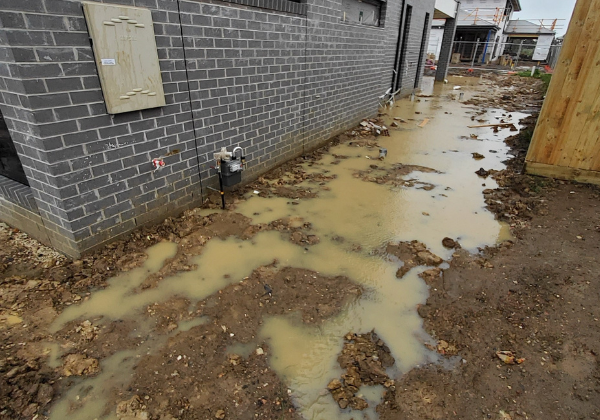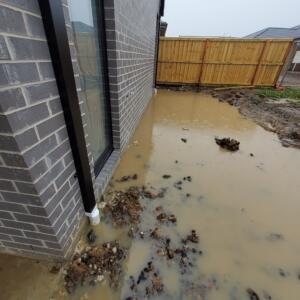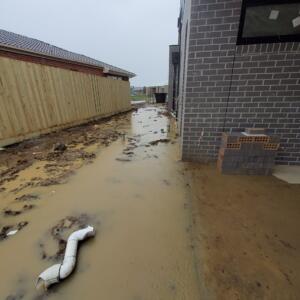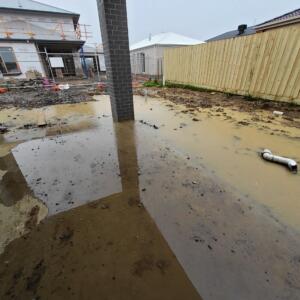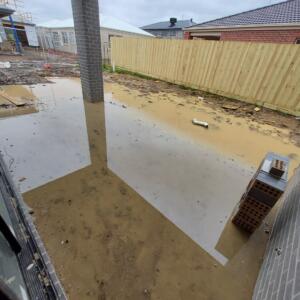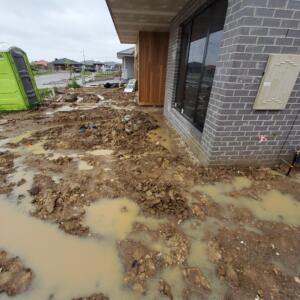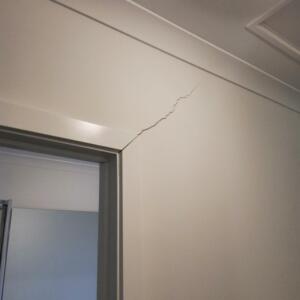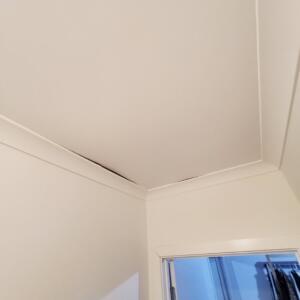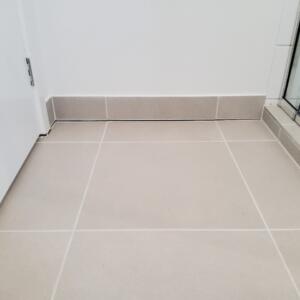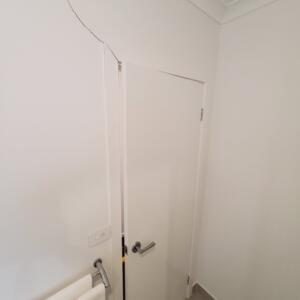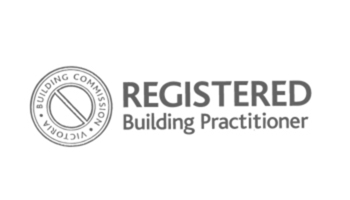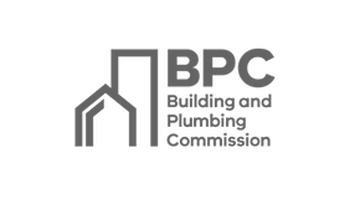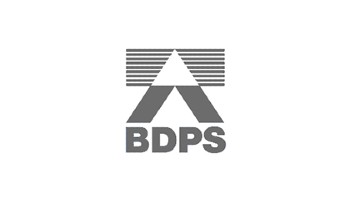Controlling surface water and stormwater around your property is a fundamental part of construction.
When surface water and stormwater are not controlled correctly, it can have significant negative impacts on your footing system and subsequently the rest of the structure.
In reactive soils, when water pools around footings or areas around foundations are saturated, it can cause the soil to lose its bearing capacity. If the moisture conditions are not even around the perimeter of the house then different movement will occur causing structural and aesthetic damage.
Common causes of damage to homes include:
- Inadequate fall to perimeter surfaces
- Poorly installed or damaged sub surface sewer and stormwater drains
- Heating / Cooling compressors discharging water beside footings
- Condensate drains from internal air conditioning units
- Hot water overflows not connected to drainage
- Leaking external taps
- Leaking gutters and downpipes
- Uncontrolled overflow from rainwater tanks
- Ground around your home not being discharged into the stormwater system
- Ground underneath you home (if built above the ground level) allowing water to pool.
Some issues that can result from uncontrolled surface water are:
- Heaving / Settlement of the ground (soil) – This is where the ground beneath the home’s footings expand or shrink and cause the footing to raise or drop, typically in a localised area
- Rising damp
- Cracking of the external walls (brickwork, light weight claddings, rendered claddings etc.)
- Cracking of the internal walls
- Popping or cracking tiles
- Cracked or broken stormwater/sewer drains
- Uneven internal floor levels
- Efflorescence to internal concrete
- Potential roof drainage issues from the structure’s levels changing
- Water run-off onto a neighbour’s property causing damage to their building.
Today’s modern estate living and reduced land sizes make achieving good site drainage more difficult, particularly when it hasn’t been properly planned from the beginning.
Surface water and stormwater is discharged to the legal point of discharge (LPOD), which is typically located at the front or rear of your property near the boundary. With houses taking up a large amount of the available space on a house lot, it becomes increasingly difficult to dig and install new in-ground drains to take away the surface water after construction has been completed.
New home builders have a responsibility to control and maintain the surface and stormwater drainage from the beginning of construction in accordance with the Performance Provisions of the National Construction Code.
Some ways builders can control site drainage during construction include:
- Ensuring the ground around the perimeter of the home is compacted and falls away from the footings
- Installing temporary downpipes during construction to collect rainwater and drain it away into the stormwater system
- Installing stormwater pits and silt pits to collect surface water and drain it away into the stormwater system
- Forming swale drains in the ground around the site to channel the surface water into the stormwater pits and drainage points
- Conducting a CCTV inspection of all sub surface stormwater drains and sewer to confirm no damage has occurred during the construction process.
Managing your site drainage
Your building contract, Architectural drawings, Engineering drawings and specifications will note specific requirements regarding maintenance of your building and footings.
If engaging a landscaper, be sure to provide them with the documents that your builder supplied during the build and at handover i.e. Soil report, Engineering, Architectural, CSIRO documents etc. Request that they ensure the landscaping is installed to comply with this documentation.
If you are completing your own landscaping, read these documents carefully to ensure your building’s health and warranties aren’t jeopardised.
Some ways in which you can manage your on-site drainage include:
- Install impermeable surfaces around the perimeter of your home, such as a concrete path, that will prevent water from soaking into the ground beside your footings.
- Ensure the ground immediately beside your home is graded away from your footings, for low rainfall intensity areas such as Geelong, the general rule is 25mm of fall over the first 1m for paved/impermeable surfaces or 50mm over the first meter in any other case.
- Install drainage to collect the surface water run-off and discharge it to the legal point of discharge (LPOD). This can be done by surface drains, silt pits, AG drains and strip drains.
- Always be mindful that the paving and drainage is installed to control the water and not direct it to neighbouring properties or against a neighbouring dwelling’s footings, such as a garage built on the boundary.
Prior to having landscaping or paving works completed you should have your site drainage assessed by a suitably qualified plumber or designer. Installing drains and connecting them to the underground drainage system must be completed by a licensed plumber.
Some important links:
- Surface drainage: Part 3.3.3 of the 2022 Housing Provisions notes specific minimum falls around the perimeter of the building >> NCC2022-Housing Provisions
- General maintenance: The CSIRO’s BTF 18 document “Foundation Maintenance and Footing Performance: A Homeowner’s Guide” >> CSIRO Homeowner’s Guide
- The Victorian Building Authority’s Guidelines >> VBA’s Guidelines to minimising foundation movement
Disputes about foundation damage caused by poor site drainage
Damage to homes and neighbouring properties resulting from inadequate site drainage can lead to disagreements and disputes between homeowners, builders and/or insurance companies. This can result in unwanted cost implications to claim and/or defend and stakeholders can be quick to pass the blame.
By taking an active approach by understanding the obligations of the builder and building owner it reduces the risks of prolonged site drainage issues avoiding disputes which are physically, emotionally, and financially exhausting.
Got concerns or want to know more? Get in touch with us.


